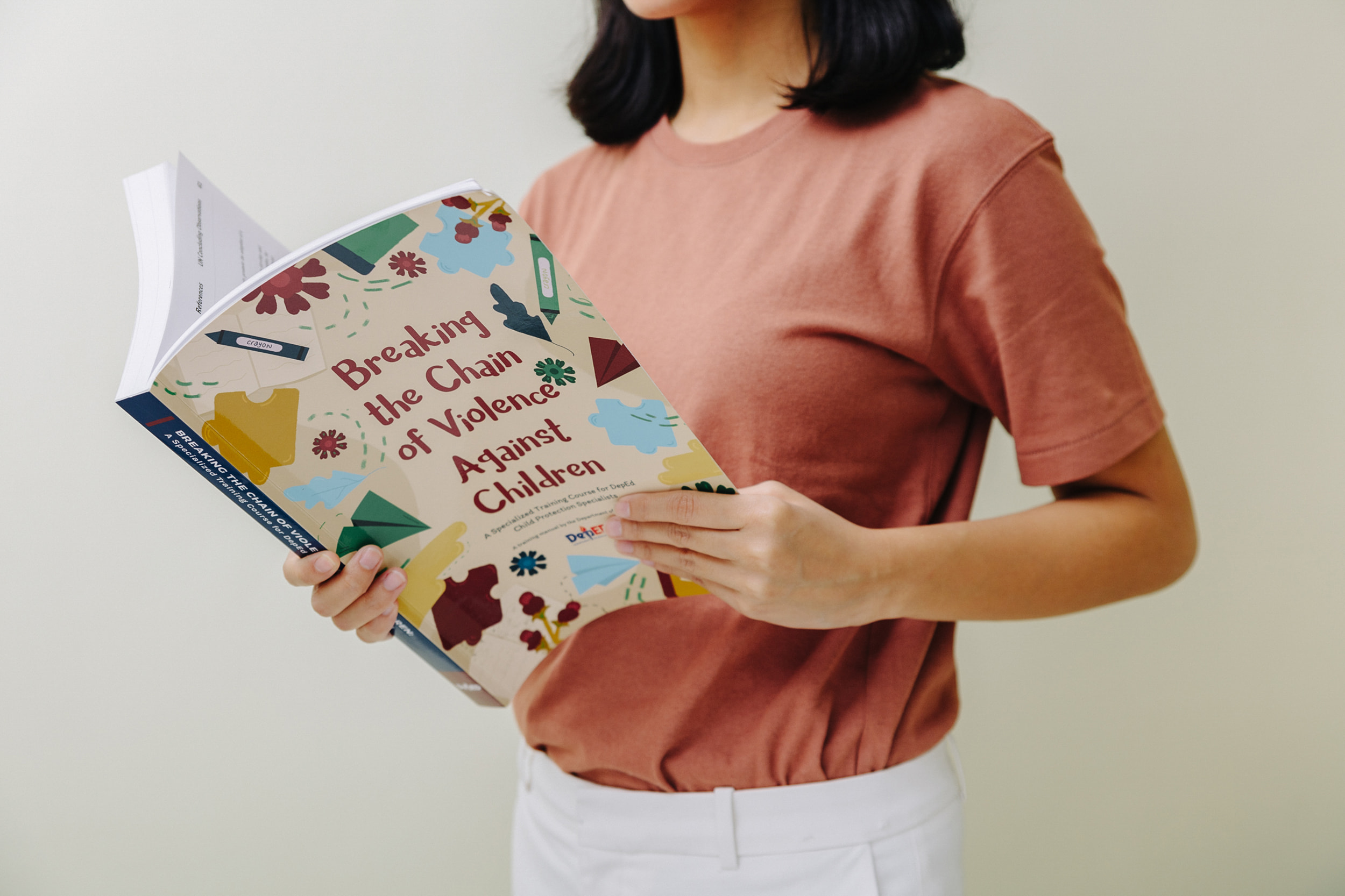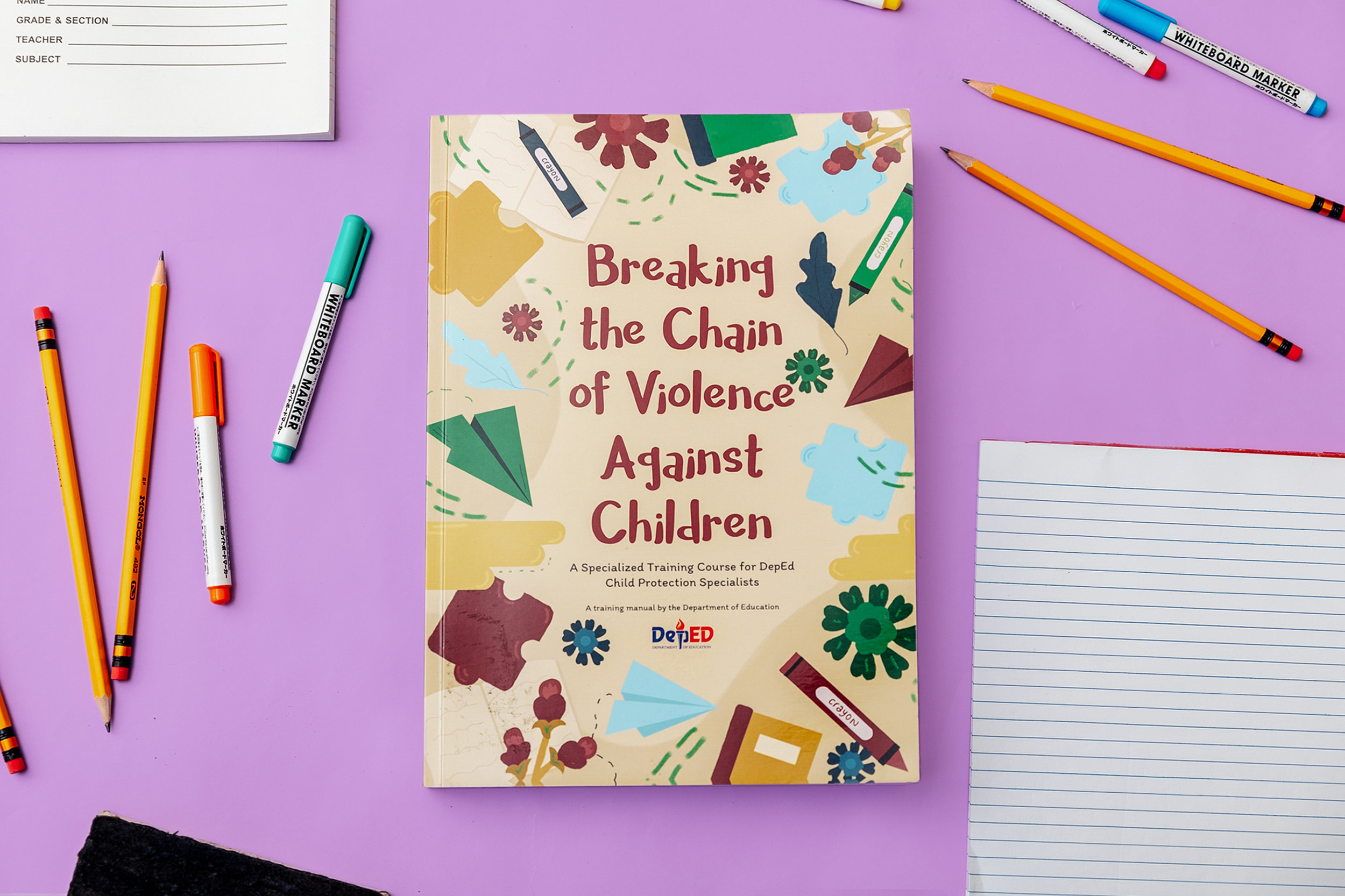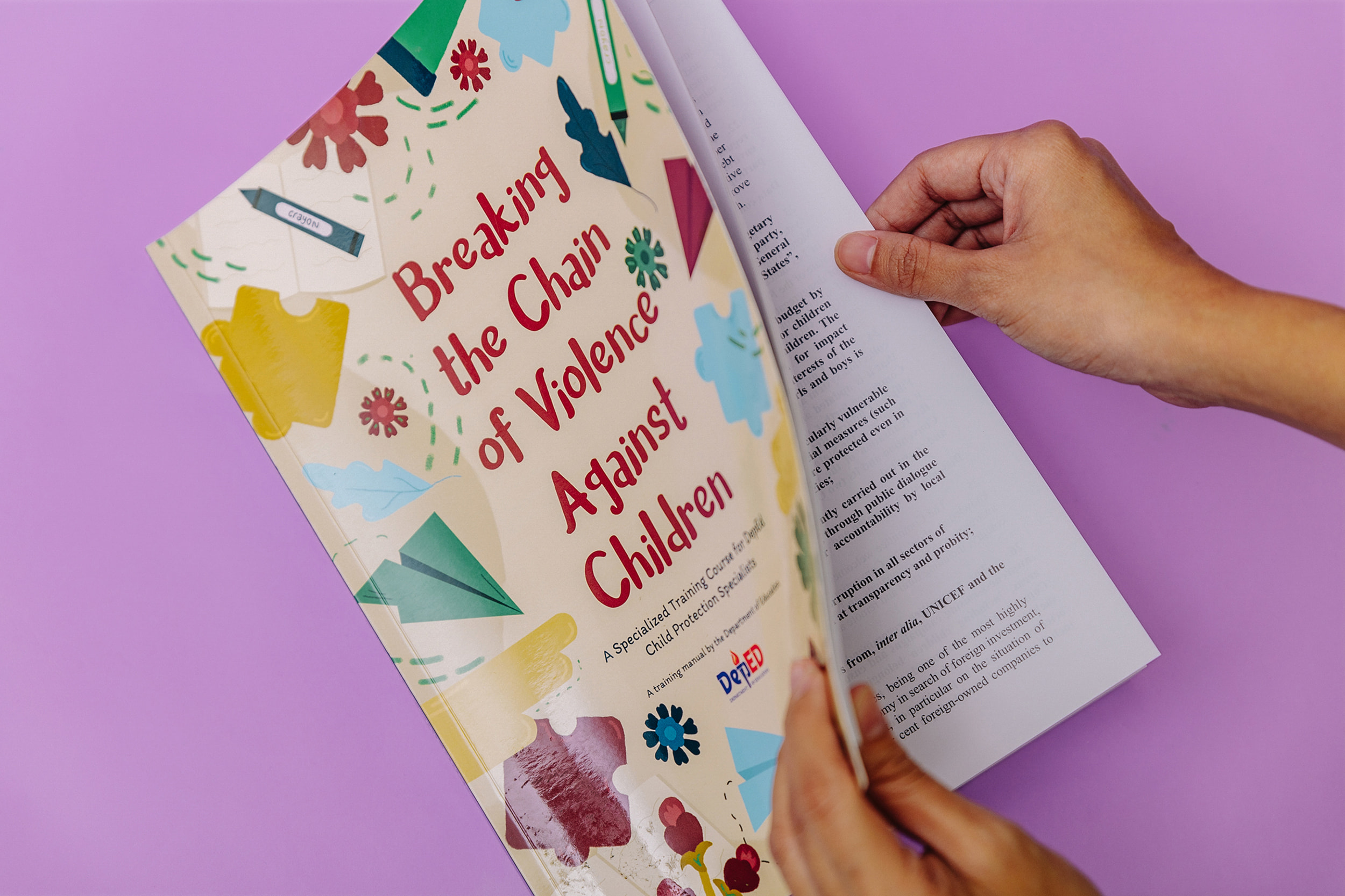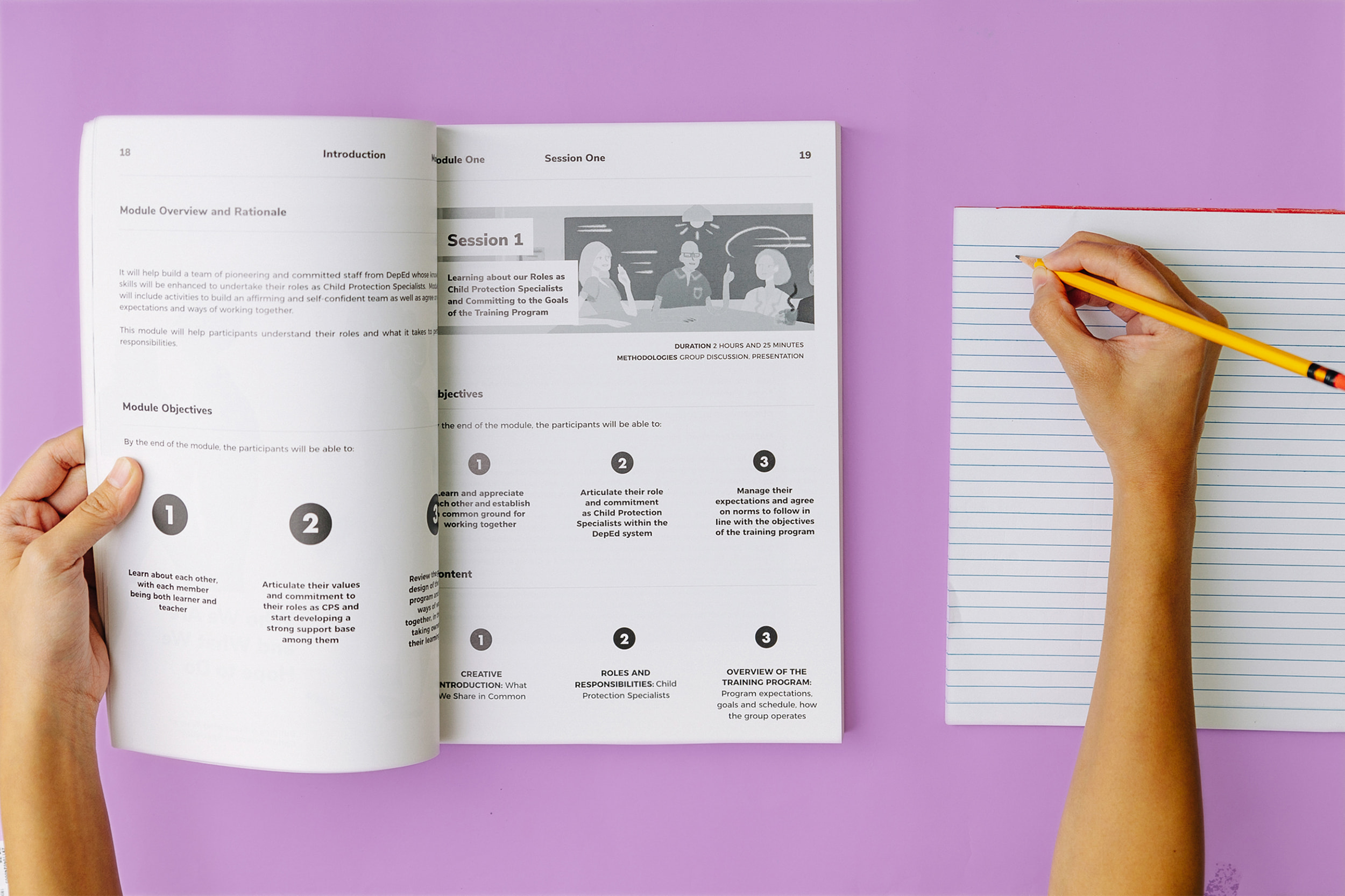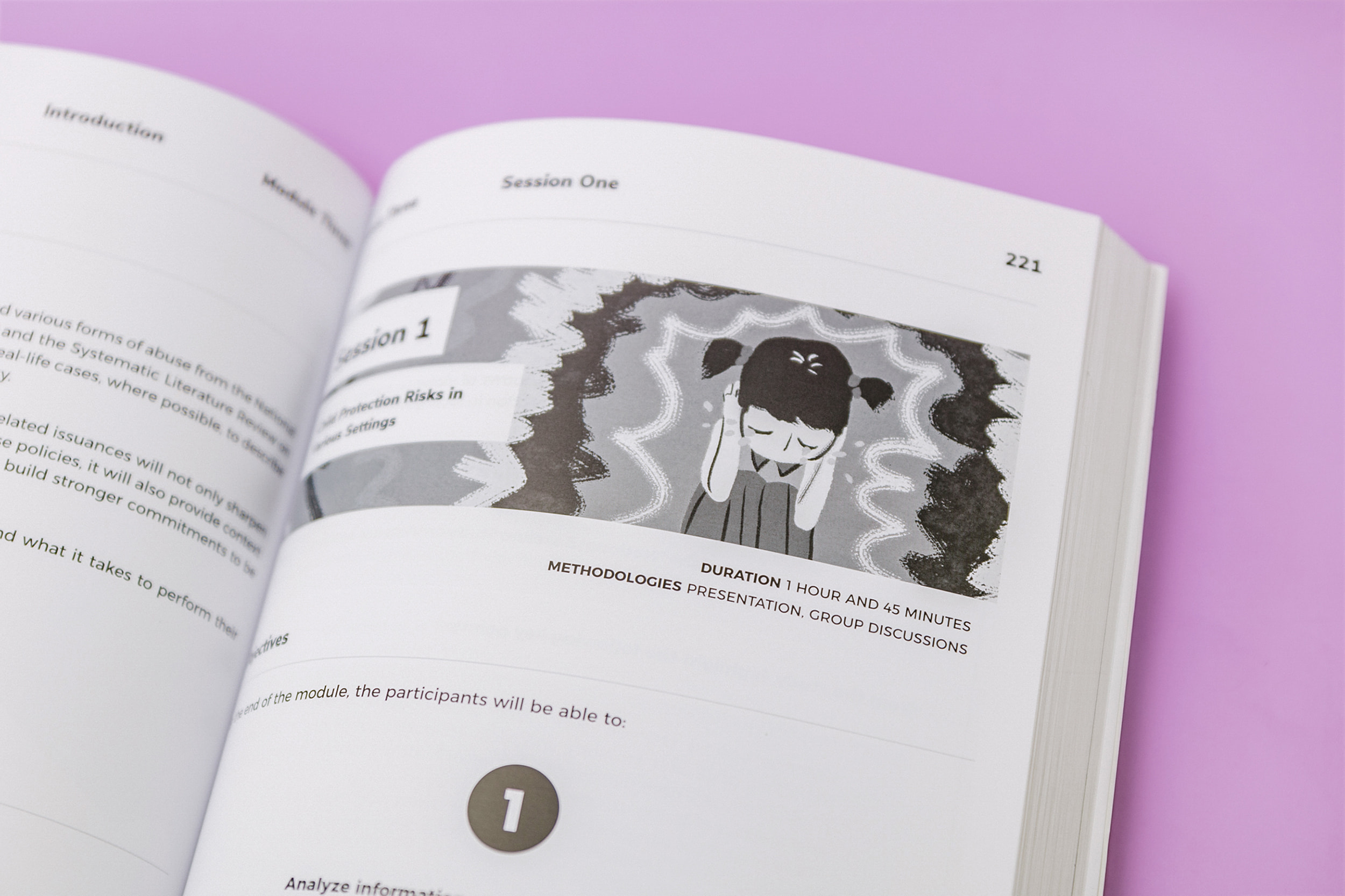

Consuelo Foundation's mission has always been to promote the well-being of at-risk children and family.
According to UNICEF, around eighty percent of children in the Philippines have experienced violence—physically and emotionally damaging acts have been done, whether at school, home, or other possible locations.
There have already been actions taken to mitigate these instances. Republic Act 7610, for example, calls for urgent interventions against instances of child abuse, exploitation, discrimination, and other violent acts. However, even with these measures in place, the road to achieving a secure and safe environment for Filipino children still has a long way to go.
The power of information
Cascading information on such a sensitive topic is always difficult. Talking about children who are at-risk requires both understanding and empathy, which can be challenging if pitted against logistical limitations and the need to be technically accurate.
In 2013, for example, a national training was conducted so that attendees can adequately handle, facilitate, and process local instances of child violence. The material which was used back then—a child protection manual—was a comprehensive document that explained the core knowledges of child protection and the necessary explanations.
The humility of seeing
When Consuelo Foundation approached us, both sides immediately recognized the potential of following through on an initiative centered on child protection. It was an urgent, human concern, and it was the heaviness of that observation which led us to the training manual—does this document succinctly capture our hopes and dreams for a safer environment for Filipino children?
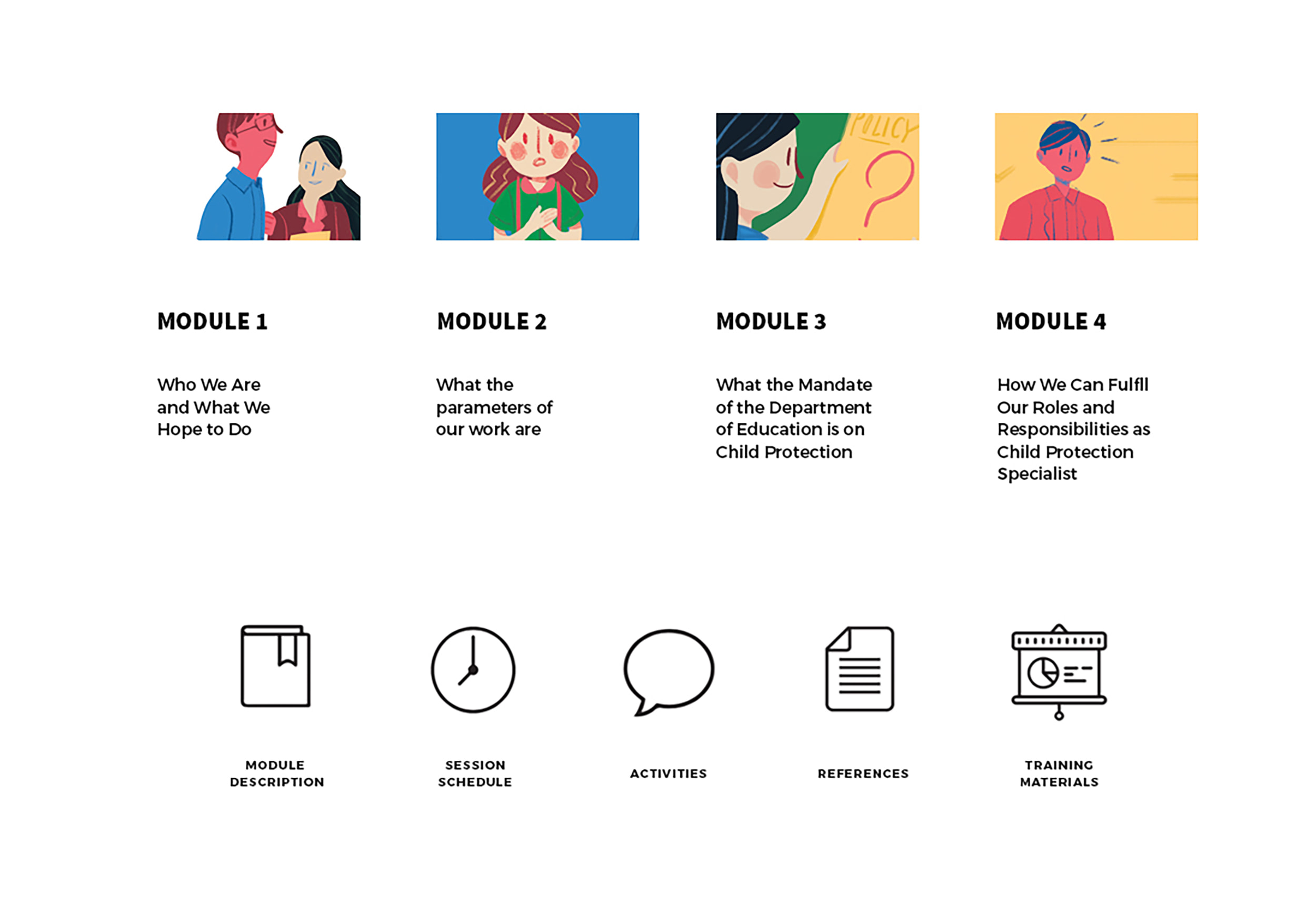
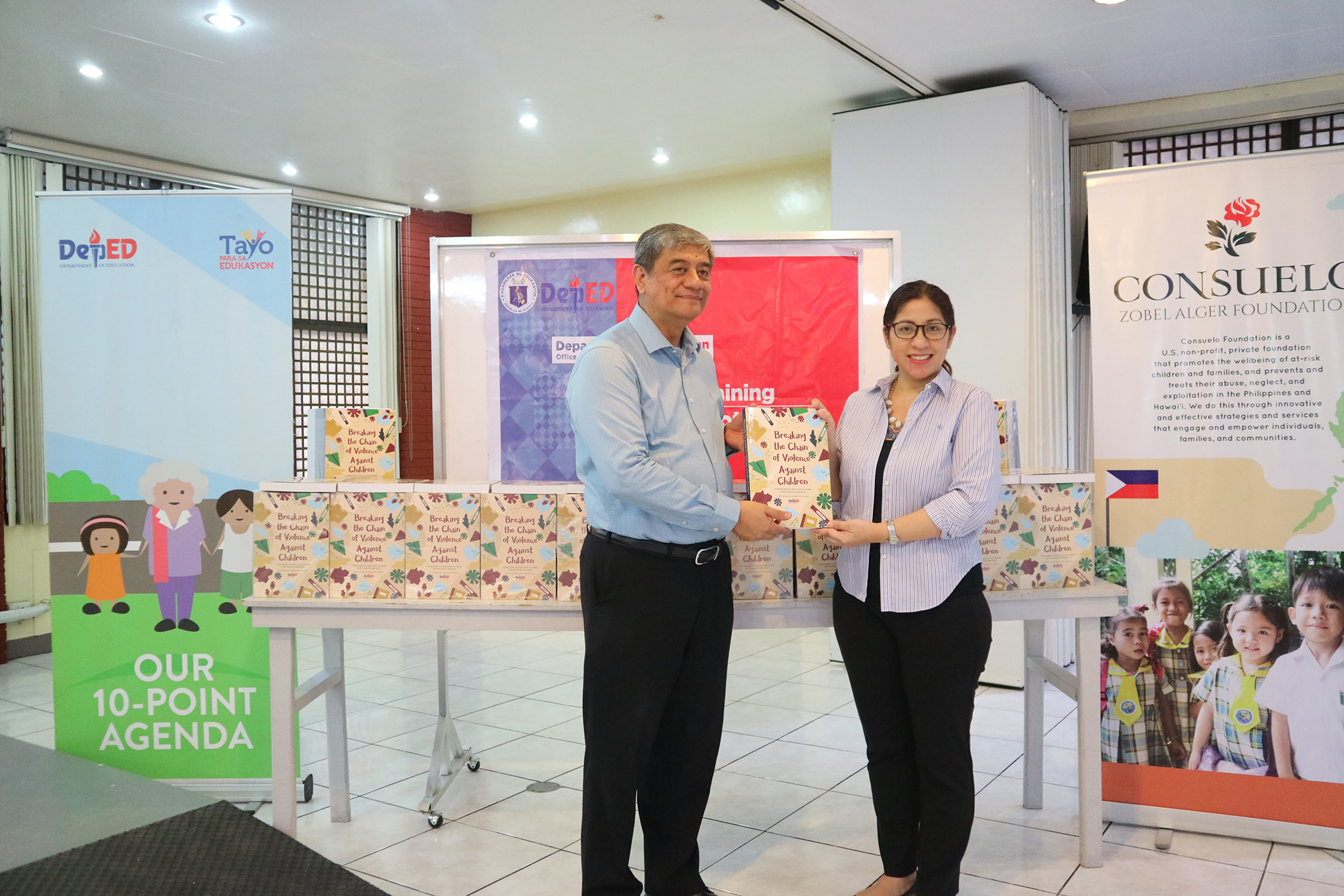
Consuelo Foundation Managing Director Atty. Carmela Castro turning over the Child Protection Manuals to Former DepEd undersecretary Alberto T. Muyot.
...we banked on two ideas for the visual aspect: recognition and resonance.
It was not just a matter of getting a message across. We wanted to introduce the readers to this pressing reality by encouraging them to see, so we focused on the visual aspect of the training manual. The previous version was dense with legal terminology, so we used illustrations to balance the presentation of the content. Illustrations here are tools for clarity and convenience, yes, but they are also mirrors. They show children deep in their element, or at least, what we all hope their ideal element should be: surrounded by paper planes, books, art materials, and the other plain freedoms of childhood. This is the direction of the visual execution, so that whoever goes through it despite the length and heavy content, would be reminded who it is all for.
To strengthen this, we banked on two ideas for the visual aspect: recognition and resonance. Aside from carrying our vision, the illustrations also focused on depicting various elements from childhood so that anyone could easily recognize that the children, in their world of imagination and innocence, are the primary priorities here. And, since we all have the experience of once being children, these elements can then be a cause for resonance as well: if we have relatively enjoyable childhood memories, shouldn't other children have that opportunity too?
We wanted that sense of playfulness and freedom to carry over in the manual, so we made sure that also factored in our layout and typographic choices. Finally, we borrowed from the different shades of DepEd's colors so that the manual can easily assimilate itself into the larger project of making education a possibility for all Filipino children.
The urgency of caring
The Child Protection Manual not only contains the program details, modules, and references relating to the safety and security of at-risk children. It also envisions what life should be for our Filipino children—one where they can both play and learn, in a community that ensures they have the freedom to do so.
